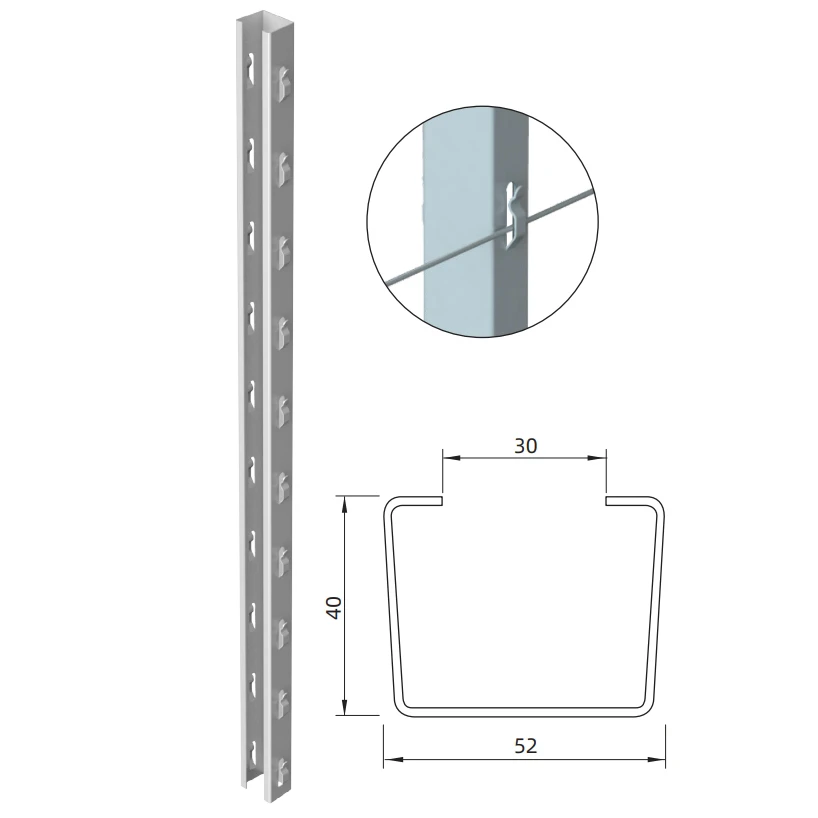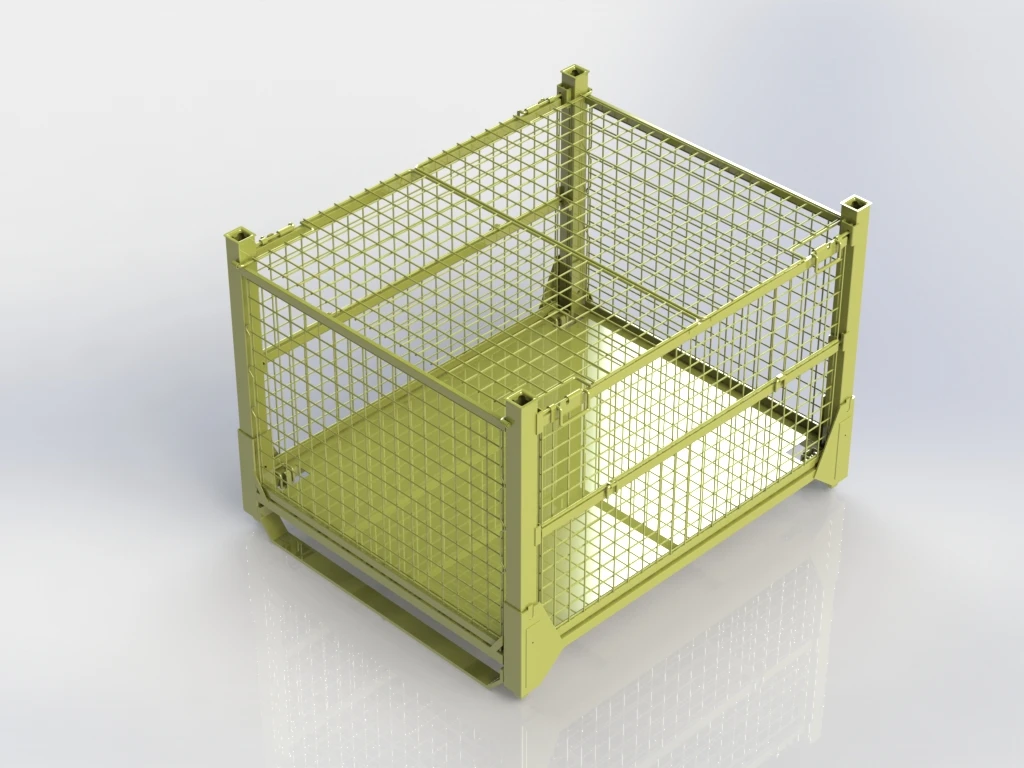Hexagonal Wire Mesh Dimensions and Specifications for Various Applications
12 月 . 10, 2024 12:29
Understanding Hexagonal Wire Mesh Sizes
Hexagonal wire mesh is a versatile and widely used material, appreciated for its structural strength and adaptability in various applications. From agriculture to construction, hexagonal wire mesh proves to be an essential component. However, the effectiveness of this mesh often hinges on its size and specification. This article delves into the key factors regarding hexagonal wire mesh sizes, offering insights that can guide your selection for optimal performance in your projects.
What is Hexagonal Wire Mesh?
Hexagonal wire mesh, often referred to as chicken wire or hex mesh, is made from thin, flexible strands of wire twisted together, forming hexagonal openings. It is typically made from galvanized steel to prevent corrosion, though it's also available in materials such as stainless steel and plastic. The hexagonal shape provides a high strength-to-weight ratio, making it ideal for various uses such as fencing, animal enclosures, garden barriers, and construction.
Key Sizes and Dimensions
Hexagonal wire mesh comes in various sizes, which can be crucial depending on your intended use
. The sizes are commonly specified by the diameter of the wire used and the size of the openings.1. Wire Diameter The thickness of the wire is an important consideration. Standard diameters can range from 0.5 mm (20 gauge) to 3.0 mm (8 gauge), impacting the mesh’s strength and durability. Thicker wire tends to be more robust and better suited for heavy-duty applications, such as fencing large animals or reinforcing structures.
2. Opening Size The size of the hexagonal openings can also vary significantly. Common sizes range from 13 mm to 100 mm. Smaller openings, like 13 mm, are ideal for keeping small animals or pests out, while larger openings are typically used for functions where visibility or air circulation is necessary, such as in gardening products.
hexagonal wire mesh sizes

3. Roll Sizes Hexagonal wire mesh is often sold in roll forms, making it easy to transport and install. Common roll widths range from 0.5 meters to 2 meters, and the length can vary, with standard rolls measuring 10 to 50 meters long. The size of the roll will depend on the scale of your project, so it's important to assess your needs before purchase.
Choosing the Right Size for Your Project
When selecting hexagonal wire mesh, consider the following factors to choose the most suitable size
- Purpose Determine what you need the mesh for. For heavy-duty installations like farm enclosures, a thicker wire with smaller openings may be necessary. Conversely, for lighter applications, such as decorative fencing or plant support, thinner wire and larger openings are adequate.
- Environment Also, consider the environmental conditions. Areas exposed to harsh weather can benefit from thicker, galvanized materials that resist rust and extend the life of the mesh.
- Installation Method The ease of installation can also affect your choice. Larger rolls may be more suitable for expansive areas, while smaller sizes may be easier to handle for smaller projects or repairs.
Conclusion
Hexagonal wire mesh sizes play a crucial role in ensuring the effectiveness and longevity of the material in various applications. Understanding the nuances of wire diameter, opening size, and roll dimensions will help you make informed choices tailored to your specific project requirements. Whether you are building a fence, protecting a garden, or reinforcing a structure, selecting the right hexagonal wire mesh is vital for achieving the desired outcomes. Remember to assess all variables carefully to optimize functionality and ensure the success of your endeavors.









 Unity
Unity Creation
Creation Challenge
Challenge Contribution
Contribution










